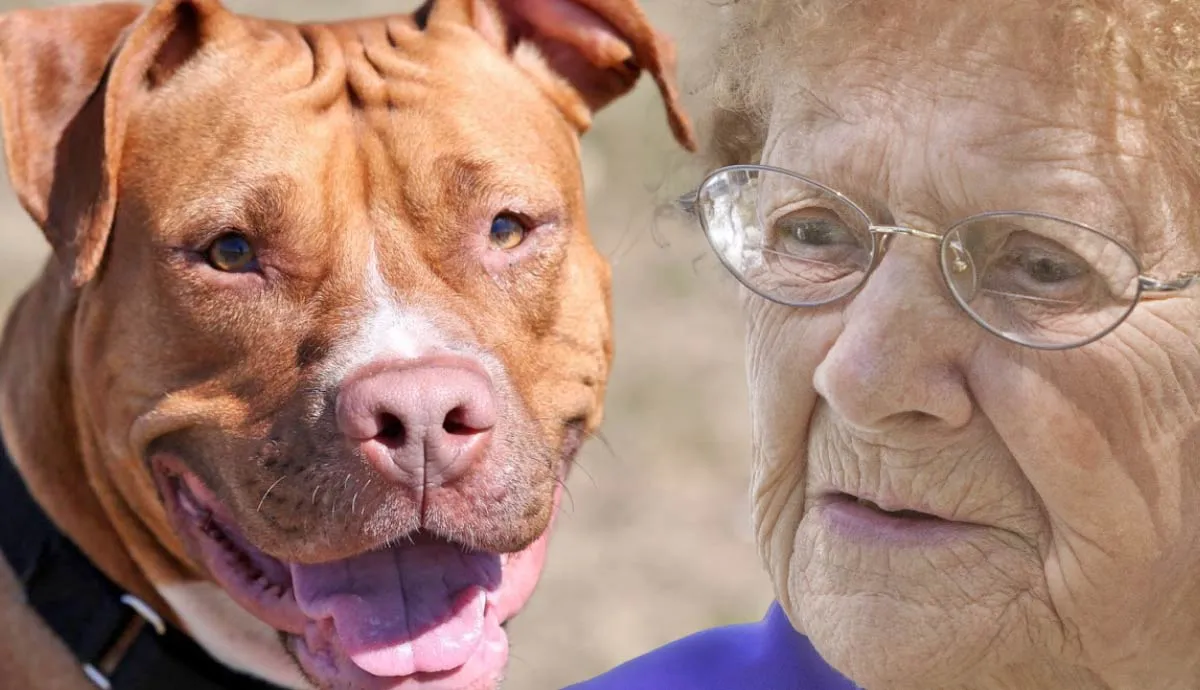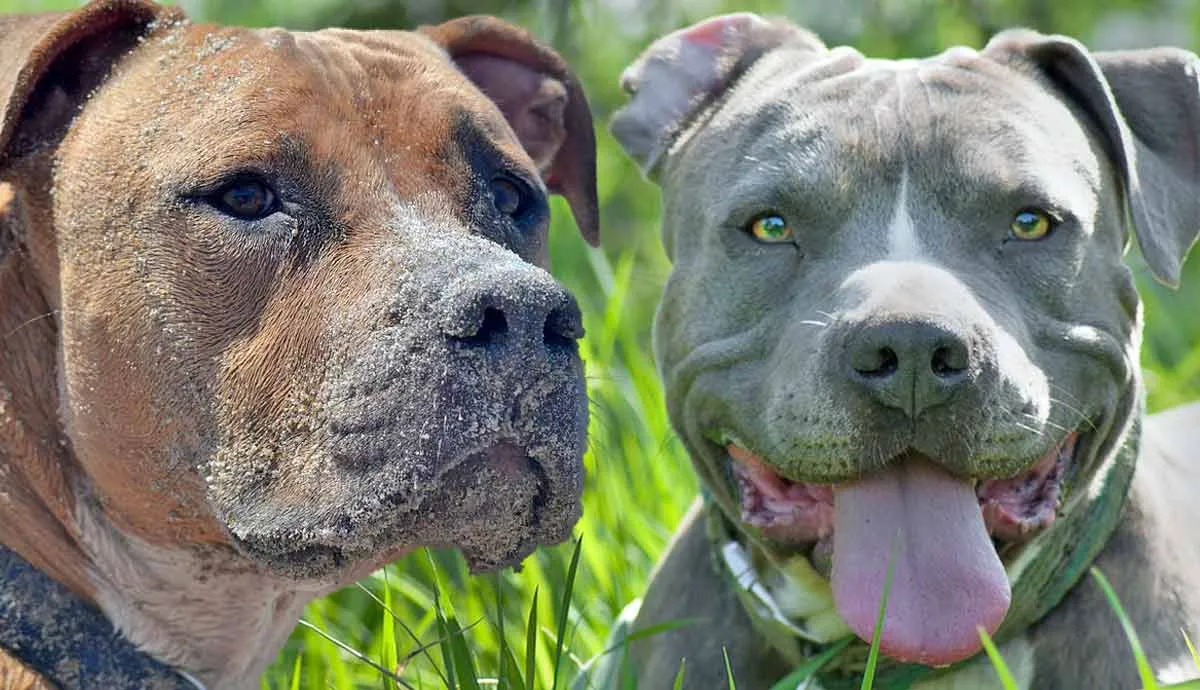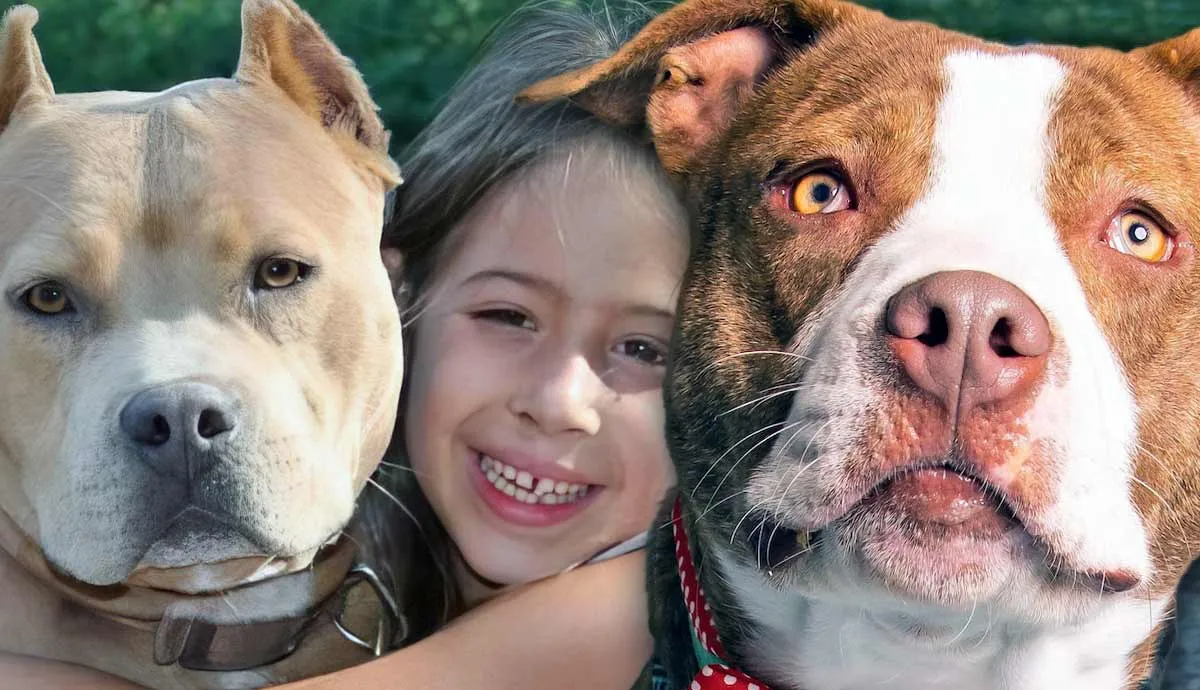For years, many dog owners and even well-known dog trainers have touted asserting dominance over a dog as an essential part of training. However, studies have shown that people are misinterpreting dominance theory when training their four-legged friends.
Asserting dominance over a dog is not the best way to train them. Instead, positive reinforcement (e.g., verbal praise and treats) works much better and promotes a healthy relationship.
Read on to learn about three major misconceptions when it comes to dominance theory and how to best train your furry friend.
First Things First: What Is Dominance Theory?

Dominance theory emerged in the 1950s after Rudolph Schenkel (an animal behavioral specialist) published a study he conducted on captive wolves. In his study, he drew many conclusions about dogs based on how these wolves acted in captivity. He theorized that there were alpha wolves that served as the leader of the pack.
These alpha wolves, according to his theory, had the most resources and used fear, force, and dominance to maintain these resources. He then assumed, incorrectly, that these same traits applied to domesticated dogs.
Recent studies, however, have refuted this theory. There were several issues with his study and the conclusions he drew. First, he only studied captive wolves and did not include any studies of wild wolves. Secondly, he needed to account for the more complex relationships between domesticated dogs and humans.
Yet, Schenkel’s theory persists even today, where dog trainers such as Cesar Milan promote this theory as the best way to train your dog.
Misconception 1. “Alpha Dogs Are Pack Leaders”

According to the dominance theory, the alpha dog is supposed to be the leader of the pack–– the dog all the others submit to. In the human-dog relationship, the dog is in a struggle to dominate the human. In dominance theory training models, the human is supposed to assert dominance or control to avoid common behavioral problems in dogs.
Although recent studies do show that wolves in the wild have social hierarchies, the units are more similar to human family units than the aggressive, competitive groupings popularized by modern media. Alpha wolves (or pack leaders) rarely use aggression to subordinate other wolves, and they also lead by guiding, teaching, and caring for their pack members.
Instead of growing up to dominate the other wolves, pups leave the pack when they reach adulthood, and start their own packs. The idea of constant struggle and strife between alpha dogs and their pack members is simply not true.
Misconception 2. “Dogs Constantly Fight for Dominance”

Even in wolf packs, the role of the pack leader, or alpha, is much more fluid than researchers initially theorized. Different adult wolves may take the lead in different situations. Leaders even give up some of their resources to feed younger, weaker pack members when food is scarce.
In the same way, domesticated dogs are not in constant battle with their humans. They want to please humans and get along with them. They also recognize that humans hold all of the resources. They understand that humans are in control, and as the saying goes: “Don’t bite the hand that feeds you.”
People who support this line of thinking often see dogs as trying to be aggressive and humans acting aggressively in return to curb the behavior. This does not lead to a happy, healthy relationship with your dog. It often leads to fear and anxiety.
Misconception 3. “Dogs and Wolves Are the Same”
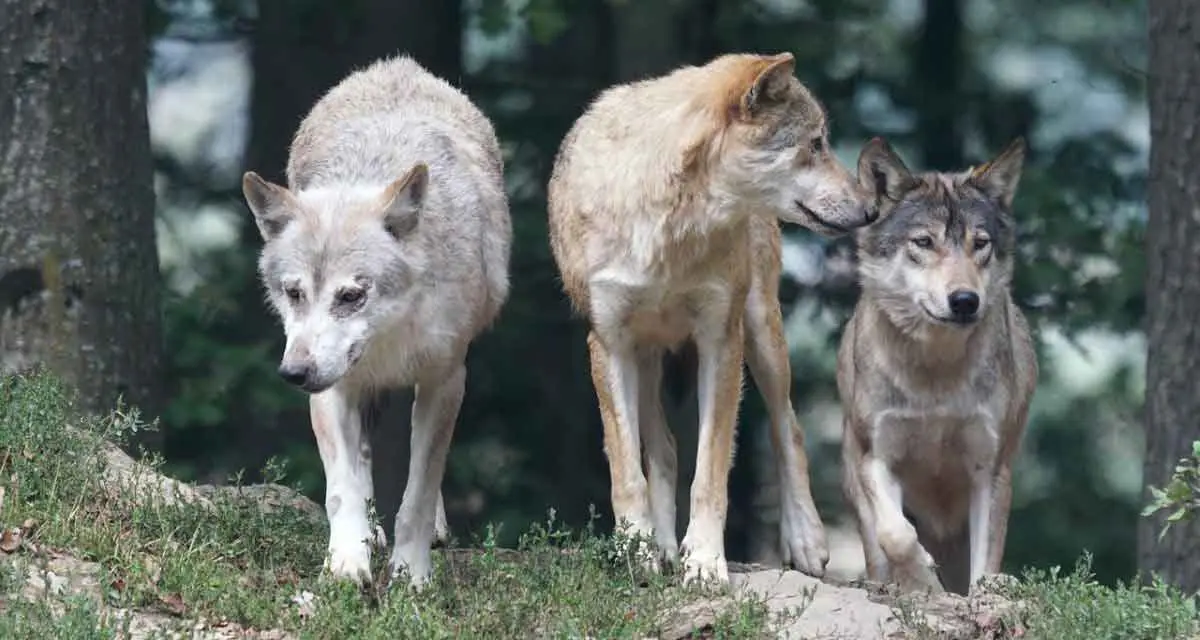
While dogs and wolves share many ancestral similarities, in today’s modern world, they are not the same. Additionally, their relationship with humans is different and complex. This intra-species relationship is different from a wolf pack and should not be applied in the same way.
Dogs are great at assessing human behavior and learning what works and what does not work. They do not stand higher to assert dominance or go through a door first to try to be in control of you. These are habits or behaviors that you can teach your dog to avoid through positive reinforcement training.
Positive Reinforcement Works Best
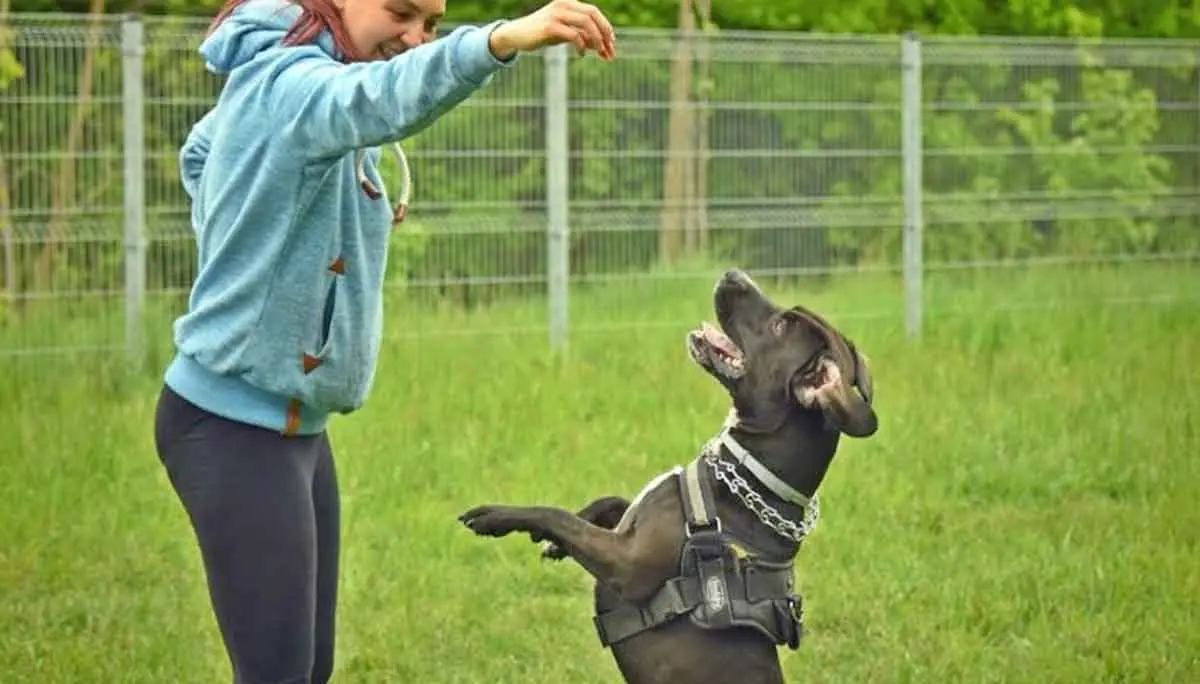
Positive reinforcement training is when you associate a desired behavior with a reward, whether that’s verbal praise, belly rubs, or a high-value treat. So, imagine that you’re trying to train your Yorkshire Terrier not to bark at everything it sees when it peeks outside. In this situation, yelling at the dog will not get the desired result. Again, that’s dominance theory—relying on fear or aggression to scare unwanted behaviors out of your dog.
Yet, positive reinforcement (i.e., rewarding the dog by being quiet when someone knocks) will yield better results and lead to a healthier relationship. Here are some tips about positive reinforcement training:
- Have multiple ways of rewarding your dog for good behavior. Relying too much on treats could cause your dog to become obese––leading to health problems down the road.
- If you must reward your dog with treats, make sure they are very small, soft pieces of food. Uncured deli meat (like turkey slices) is perfect for this.
- Be sure to give the reward within seconds of the desired behavior, so your dog associates the behavior with the reward. Also, pair a short command word with the reward to help the dog associate the command with both the word and the reward.
For a dog to achieve desired behaviors, consistency is key.
Training Requires Patience, Not Dominance

Although it has been around for decades, the dominance theory has some flaws. Dogs are not trying to be the alpha dog, or struggling to control you, and they are not wolves. To train dogs with more modern, peer-reviewed approaches, consider doing a combination of positive reinforcement training and socialization. Most importantly, focus on building a loving, happy relationship with your dog so you both feel loved and secure.
FAQs
Q: How can an owner effectively transition from dominance-based training methods to positive reinforcement training if they've previously used the former approach with their dog?
A: Transitioning to positive reinforcement involves gradually phasing out dominance methods, focusing on rewarding desired behaviors instead of punishing undesired ones, and being consistent and patient during the process.
Q: Are there specific behaviors in dogs that are commonly misinterpreted as attempts at dominance but are actually signs of something else, like anxiety or excitement?
A: Behaviors like jumping up, pulling on the leash, or rushing through doors are often misinterpreted as dominance but can stem from excitement, anxiety, or lack of training.
Q: What are the steps to take if positive reinforcement doesn't seem to be working for a particular behavior or training goal with a dog?
A: If positive reinforcement isn’t effective, consult a professional dog trainer or behaviorist for personalized advice, consider adjusting the reward to find something more motivating for your dog, and ensure you're applying the techniques consistently and correctly.



